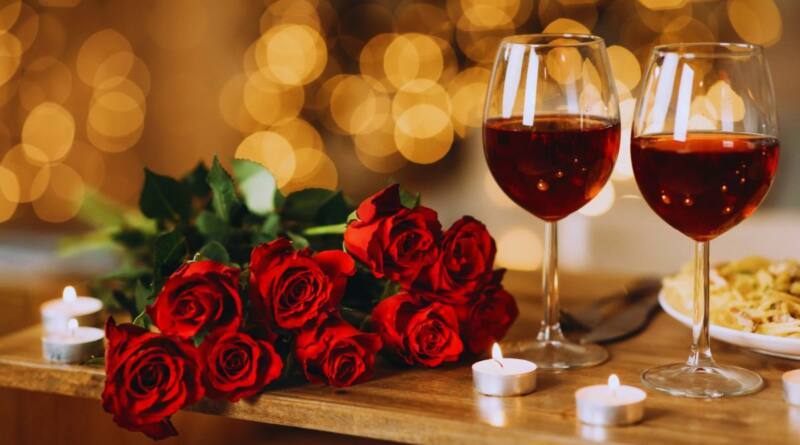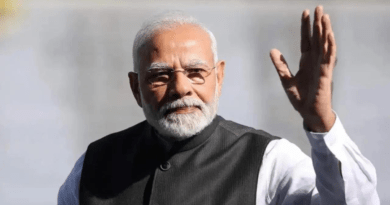Interesting: Let’s Celebrate Valentine’s Day the Old Indian Way!
Valentine’s Day has passed, and for the first time in many years, I haven’t heard of moral police threatening to marry unwilling couples!
In honour of this wonderful non-development, why don’t we learn about the festivities of the ancient Indian equivalent of Valentine’s Day?
Spring festivals, such as Holi, Madanotsava, and Vasantotsava, are mentioned frequently in Sanskrit literature. Madana, or Manmatha, is, of course, the god of love, and he is frequently depicted as a deity wielding a sugarcane bow, flowers for arrows, and spring as a friend.
Naturally, his festival takes place in the spring, which is widely regarded as the most romantic season, with cuckoos singing, fresh mango blossoms sprouting, and fragrant flowers blooming. The idea is that winter destroys Madana’s arrows, and in the spring, these flowers bloom again, allowing Madana to reclaim his arsenal! As a result, Madanotsava is typically celebrated several months after Valentine’s Day.
Shriharsha’s twelfth-century play Ratnavali mentions in the prologue that it was written to be performed during the Vasantotsava festival, indicating that plays were commonly performed during these multi-day festivals. The play’s descriptions of the festival dedicated to the love god sound similar to Holi: spraying coloured powder and water on each other, loud music and drums, lots of dancing, and plenty of wine.
Another thirteenth-century text by Sharadatanaya mentions flower plucking and drinking games during these festivals. Add some fun poetic conventions to your spring rituals; it was believed that trees, like pregnant women, have strong cravings and will refuse to flower until they are satisfied. These longings are always associated with women. According to legend, the Tilaka tree blooms when a beautiful woman looks at it, and the Champaka tree blossoms when it hears her tinkling laugh.
When a woman sings to the Nameru, it blooms, as does the Kurabaka. The Bakula tree blossoms when a beautiful woman sprinkles sweet wine on it, and the Ashoka tree blooms when a beautiful woman strikes it with her foot. Women also pluck mango blossoms and offer them to Manmatha, who uses them to arm himself with flower arrows to strike another unsuspecting target.
The king and queen had important ritual roles as well. The queen would worship both the Ashoka tree and the king before ceremonially marrying the Madhavi vine, which was entwined around the tree, to the mango tree. There were also other games, such as women holding Palasha twigs and asking each other about their lovers.
When asked, the woman would playfully strike her lover with the twig! If this wasn’t enough entertainment, several plays have been written for the festival, including Kalidasa’s well-known Malavikagnimitra.
If you think Valentine’s Day, with its overpriced flowers and meaningless trinkets, is boring in comparison, I agree. Perhaps we should recreate V-Day in the spring and bring the gardens back to Garden City. Given that Bengaluru has lost over 500 hectares of green cover, what better way to celebrate Indian culture than by reconnecting with nature?




